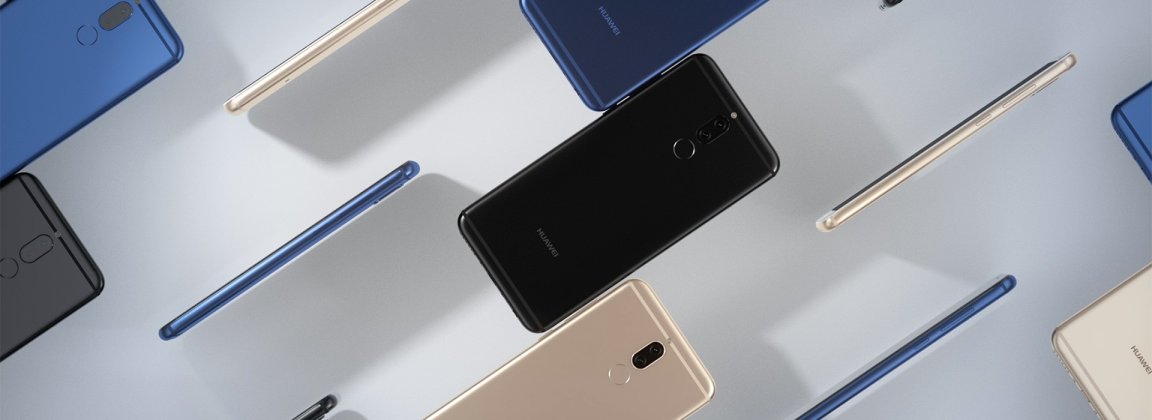
Smartphone Snafu
At CES 2018, Chinese electronics company Huawei meant to announce a major expansion into the U.S. smartphone market – but things didn’t quite work out that way. Huawei’s deal with mobile giant AT&T to sell its Mate 10 and Mate 10 Pro smartphones stateside fell through on January 8.
The partnership between Huawei and AT&T was never official, but analysts have been speculating that a deal was in the works for several months. Both companies declined to make an official statement on the matter, but Huawei CEO Richard Yu did make a seemingly ad-libbed speech at the end of his keynote presentation at CES expressing his disappointment.

The New York Times reported that AT&T may have dropped out of the deal because of Huawei’s rumored involvement in Chinese espionage. In December 2017, a group of lawmakers is said to have written a letter to the Federal Communications Commission detailing their concerns about a deal between the firm and an unspecified American telecommunications company, according to the same report.
The U.S. House Intelligence Committee previously investigated Huawei’s purported ties to the Chinese government in 2012. The electronics company denied those claims.
Breaking Into the U.S. Market
Huawei’s questionable political ties aside, it is the third largest smartphone brand in the world behind Apple and Samsung. But without a carrier partner in the U.S., it will be almost impossible for the Chinese company to match its two biggest competitors. What that means for U.S. consumers is ultimately less choice when selecting a new smartphone.
“Everybody knows that in the U.S. market that over 90 percent of smartphones are sold by carrier channels,” Yu said during his CES 2018 keynote. “It’s a big loss for us, and also for carriers, but the more big loss is for consumers, because consumers don’t have the best choice.”
In China, Huawei became well-established in the smartphone market by producing cheap, high-quality devices. The company owns much of the intellectual property underlying components used in their phones.
Unfortunately, a consequence of that is that its phones aren’t compatible with Code Division Multiple Access (CDMA)-based mobile networks like Verizon or Sprint, meaning Huawei’s phones can’t be used with those providers. This limits Huawei’s options when it comes to a U.S. carrier partner – and that limited pool has become even smaller now that the deal with AT&T is off the table.
Huawei will certainly find it more difficult to gain traction in the U.S. without a partner like AT&T, but the company does have other options. In recent years, wireless providers have shifted from requisite, lengthy contracts to a landscape where customers have more freedom to move between networks, often taking their devices with them.
If Huawei can sell unlocked Mate 10 phones – allowing U.S. customers to use them with a preexisting contract – the company can still be successful stateside. The biggest challenge will be gaining a foothold in an industry dominated by trusted and easily accessible Apple and Samsung devices.